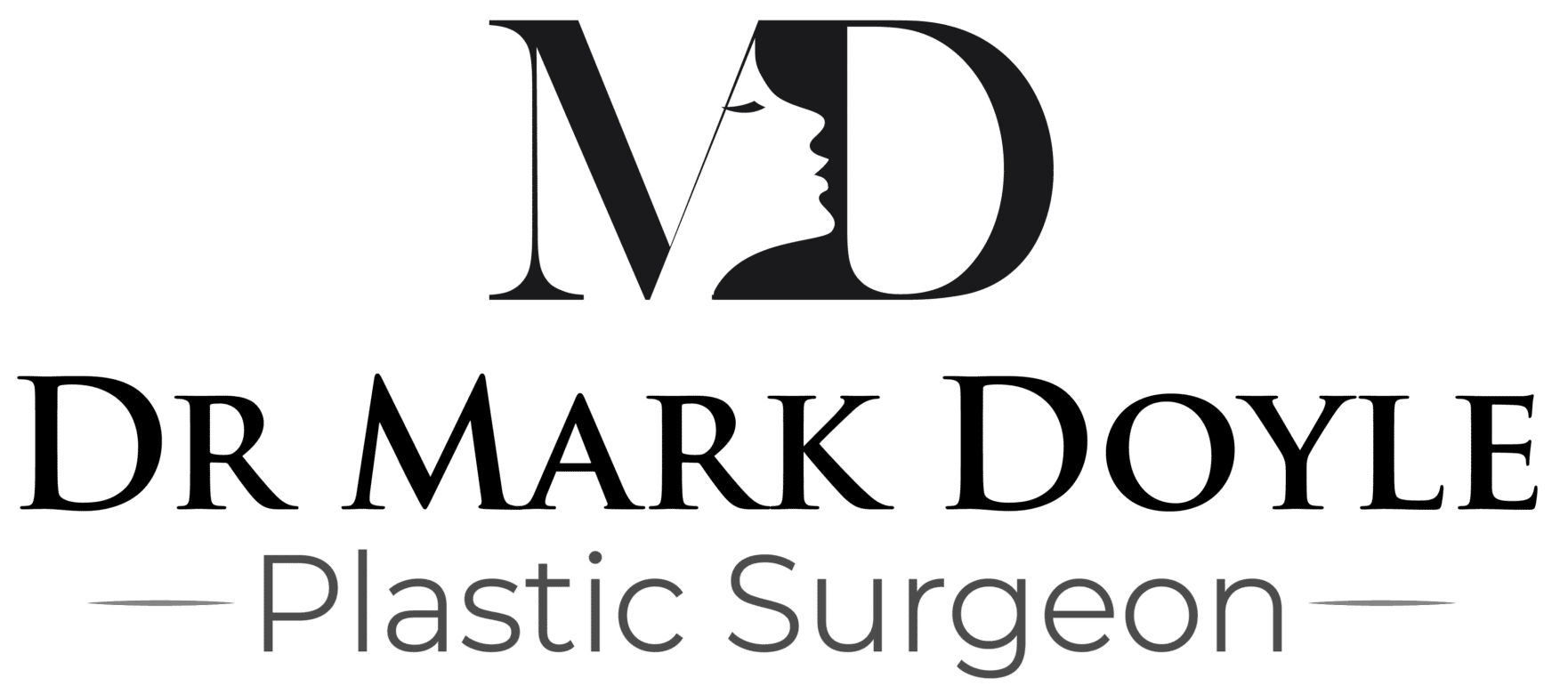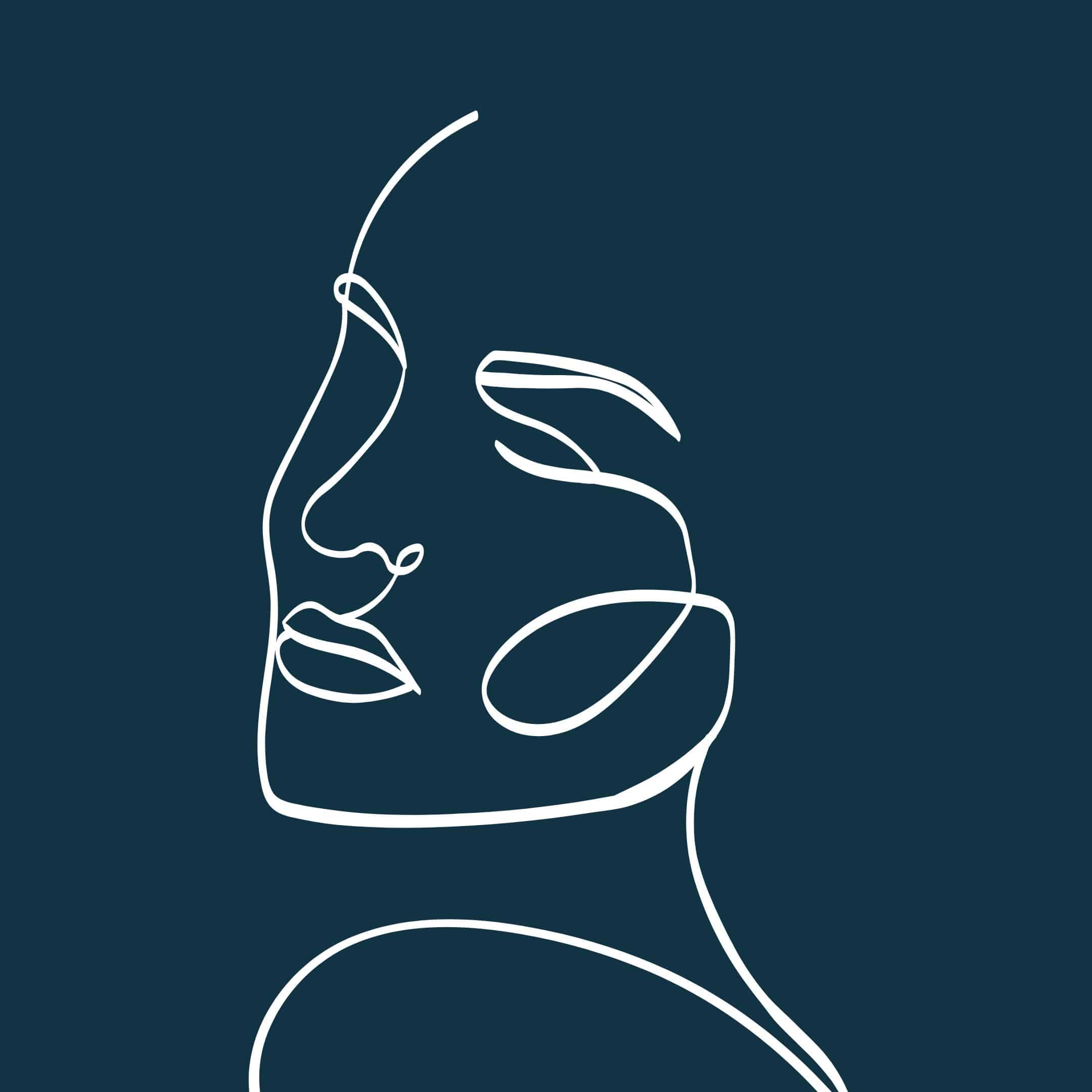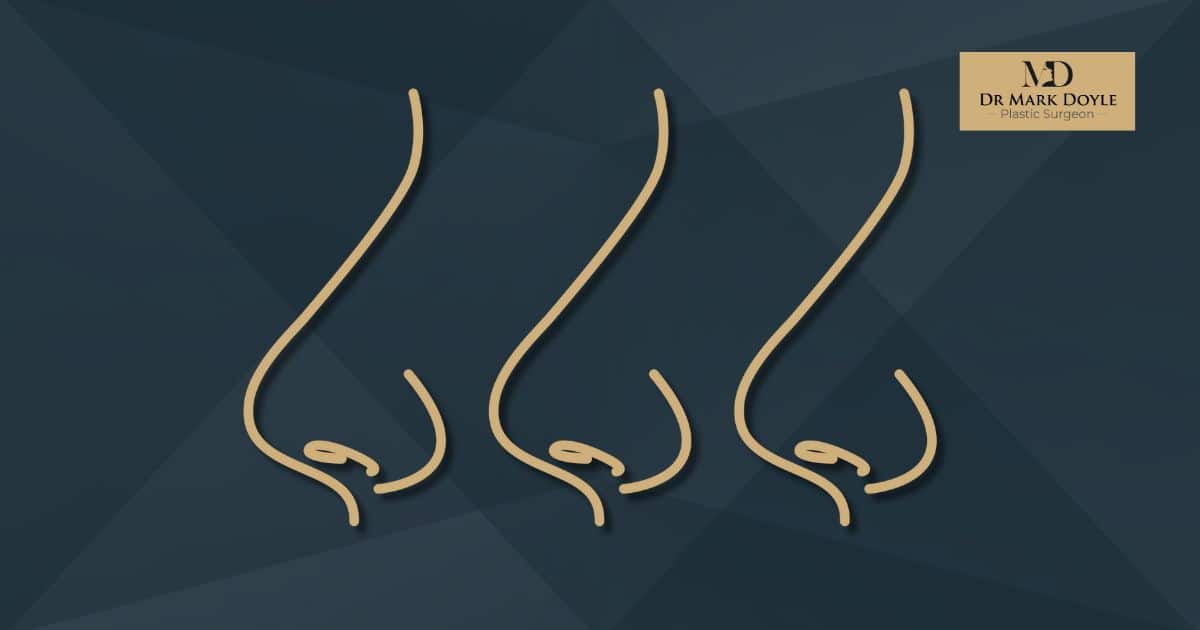What Is The Difference Between Cosmetic and Plastic Surgery?
For anyone considering surgery, understanding the difference between cosmetic and plastic surgery is an important first step. While both involve advanced surgical techniques and may even target similar areas of the body, their objectives and training requirements differ. Cosmetic surgery is generally elective and focuses on altering appearance, whereas plastic surgery includes reconstructive procedures that address congenital issues, trauma, or …






